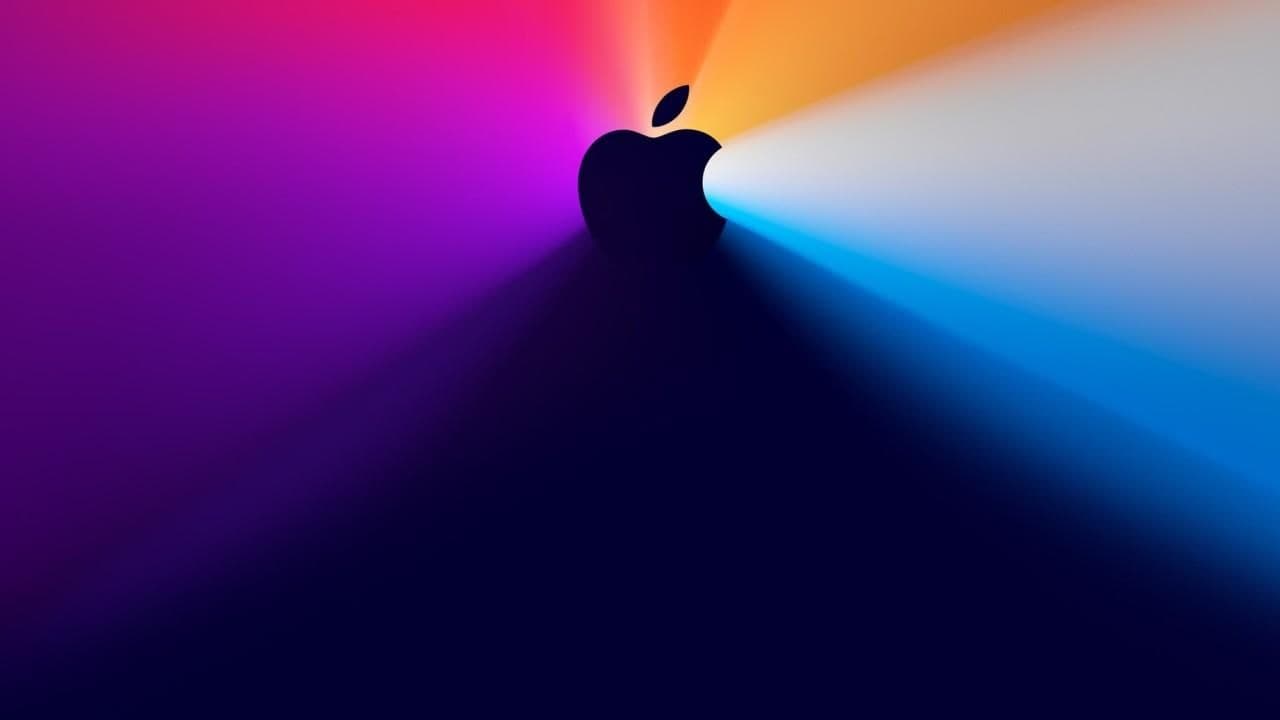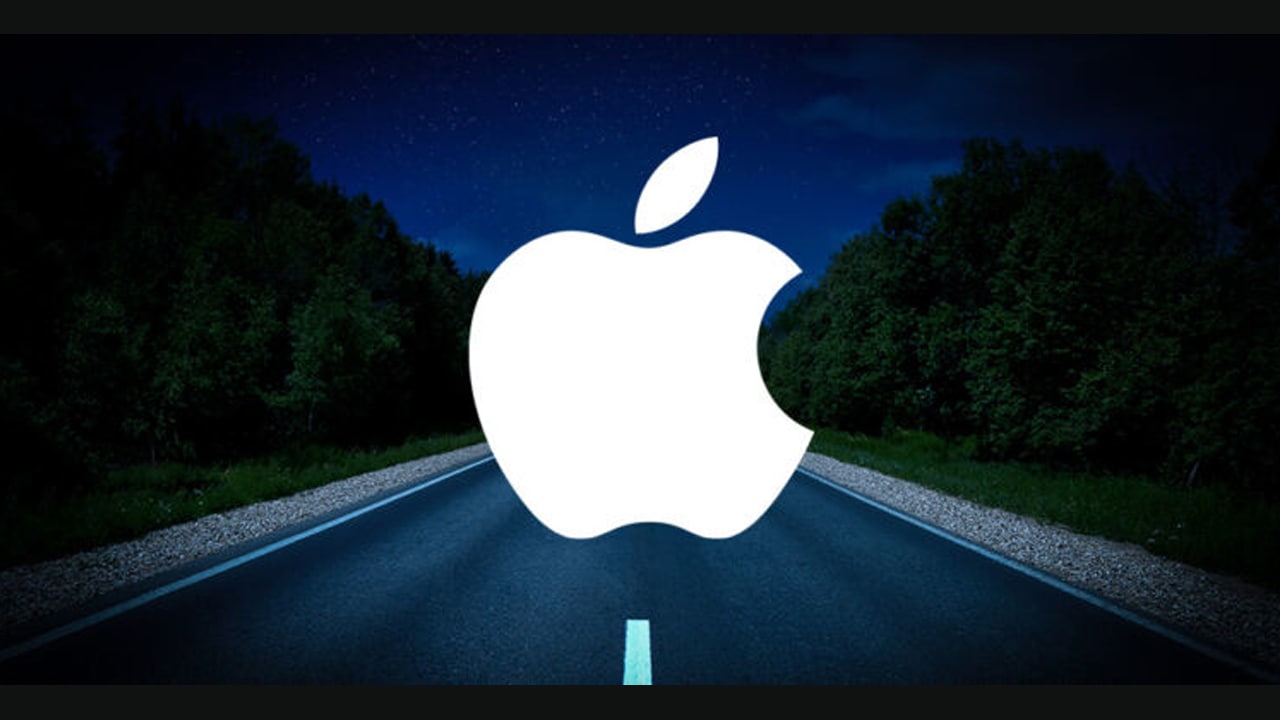Apple held a new product launch conference and officially released the iPhone 14 / Pro series. Among them, the iPhone 14 series is equipped with the A15 Bionic chip, and the iPhone 14 Pro series is equipped with the A16 Bionic chip.
The Japanese research company Techno Systems Research (TSR) recently investigated the foundry status and equipment investment trends of semiconductor foundry companies such as TSMC and Samsung Electronics. According to the customer share of cutting-edge logic semiconductors released by TSR, from the perspective of logic semiconductor customers with a circuit line width of 4-5 nanometers.
JOIN TIP3X ON TELEGRAM
Apple in the United States is expected to account for 53% of the global share in 2022, making it the largest 4-5 nanometer cutting-edge semiconductor, and the sales of Apple’s iPhone 14 may affect the equipment investment trends of cutting-edge semiconductors.
At present, Apple has become the largest demander of cutting-edge semiconductors. After 2020, Apple’s MacBook laptops and iPad tablets have always used 5-nanometer semiconductors, and the iPhone has also used 4-5 nanometer chips since the iPhone 12 series.
 Although there has been a surplus of semiconductor supply at a time when consumer electronics markets such as mobile phones and PCs are shrinking, in the field of 4-5 nanometer cutting-edge semiconductors, supply is still in short supply.
Although there has been a surplus of semiconductor supply at a time when consumer electronics markets such as mobile phones and PCs are shrinking, in the field of 4-5 nanometer cutting-edge semiconductors, supply is still in short supply.
At present, manufacturers that can supply 5-nanometer chips are limited to two foundry companies, TSMC and Samsung. TSR said that TSMC’s leading position has not changed, and more than 60% of the supply capacity of 4-5 nanometer chips comes from TSMC.
In August, TSMC said that 3-nanometer chips “will be mass-produced soon.” If the number of products using 3-nanometer chips increases in the final products put on the market in 2023, there will be a surplus of 4-5 nanometer supply capacity.
According to the revealer @Mobile Chip Daren once said that Apple has prepared 40 million A17s (N3E) for next year’s (2023) iPhone 15 series processors, which can be identified as next year’s iPhone 15 series. Also, only high-end models will switch to new processors.







